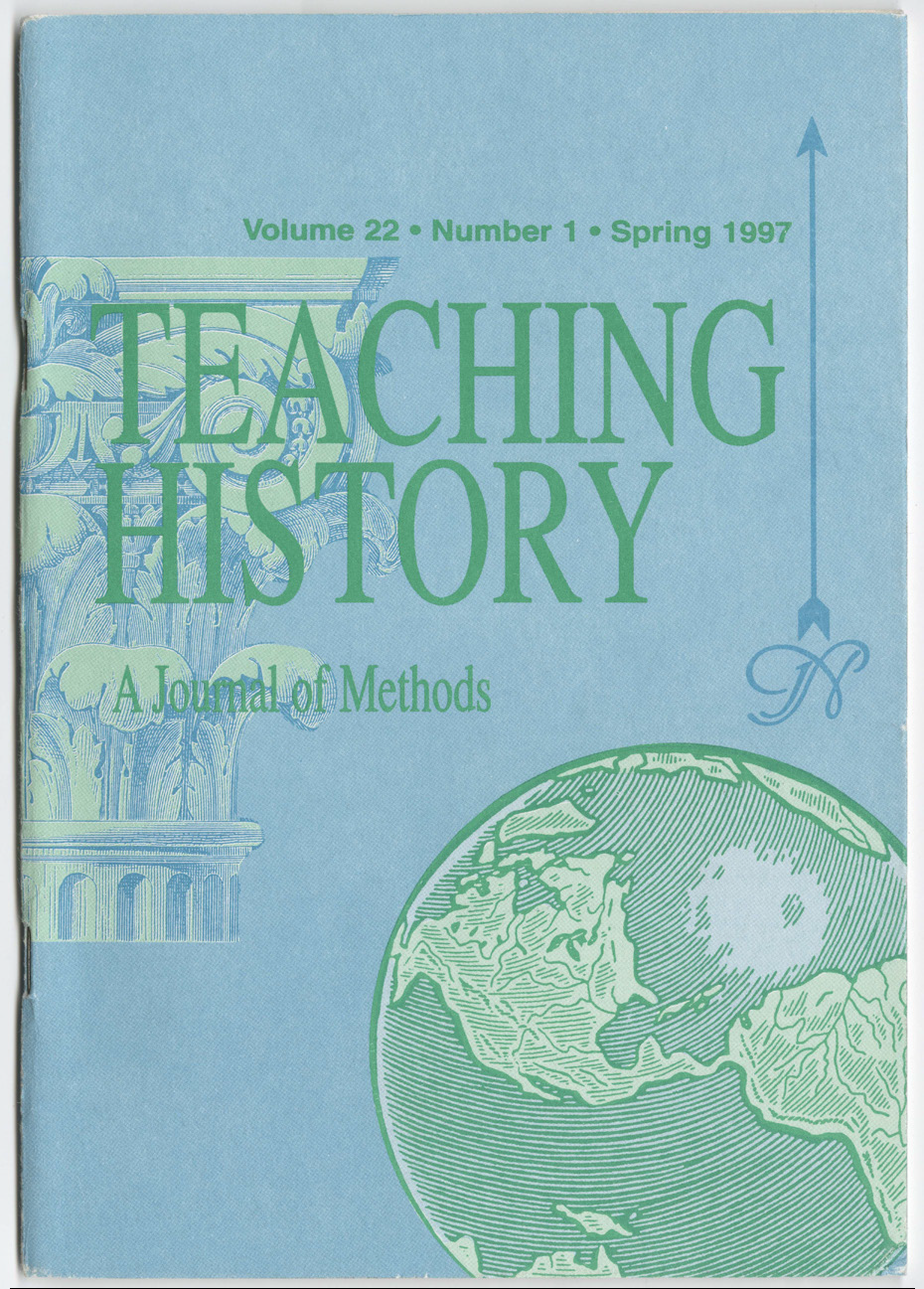Feeding a family of five
Role Playing the Great Depression
DOI:
https://doi.org/10.33043/TH.22.2.59-63Abstract
In the spring of 1989, I drove hundreds of miles of back roads in Kansas, interviewing survivors of the dust bowl and Great Depression for my doctoral dissertation. I asked these people, ranging in age from their mid-sixties to nineties, many questions about their lives during the 1930s, including work and attitudes toward federal aid, and why they had stayed in Kansas when so many had left and gone to California. I also asked a number of questions about the "nuts and bolts" of life during hard times, such as how they or their parents made family food dollars stretch. Reflecting back on those difficult years, many commented that they, unlike the current generation of young people, had what it took to survive such calamities. Young people today, they reckoned, would collapse under the strain of providing for a family on such meager resources. 1
Downloads
Downloads
Published
How to Cite
Issue
Section
License
Copyright (c) 1997 Pamela Riney-Kehrberg

This work is licensed under a Creative Commons Attribution-NonCommercial-NoDerivatives 4.0 International License.
By submitting to Teaching History, the author(s) agree to the terms of the Author Agreement. All authors retain copyrights associated with their article or review contributions. Beginning in 2019, all authors agree to make such contributions available under a Creative Commons Attribution-NonCommercial-NoDerivatives 4.0 International license upon publication.



